‘Current structure of Int’l cricket needs to change’
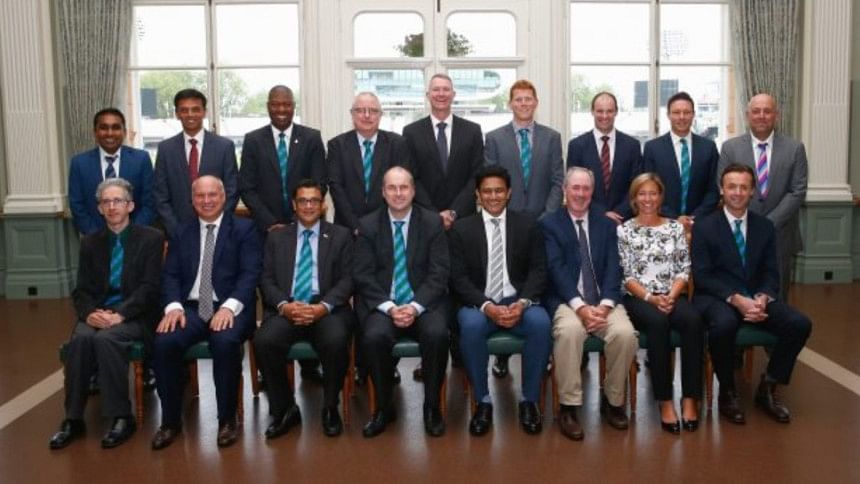
The International Cricket Council (ICC) Cricket Committee chaired by former India captain Anil Kumble concluded its two-day meeting at Lord’s on Wednesday.
The ICC Cricket Committee makes recommendations on cricket playing issues to the ICC Chief Executives’ Committee and, if it is a policy matter, the ICC Board for approval and comprises representatives of many stakeholder groups involved in the modern game, including players, umpires, and the media, states ICC’s media release.
Major issues:
-Current structure of international cricket needed to change
-Coordinated approach to the marketing of Test cricket was needed
-Day-night Test cricket needs to be delivered to a consistently high standard across all member countries
-ICC needs to take a more prominent role in the management of the DRS technologies used in international cricket
-MCC should strongly consider limiting the dimensions of cricket bats to help achieve a better balance between bat and ball
-“Concussion substitute” to be trialled for two years in domestic first-class cricket
-ICC should enforce the wearing of the latest BSS compliant helmets in all international cricket
International Cricket Structure
The committee received a presentation on ICC’s plans to bring greater structure and context to international cricket by creating dedicated competitions in each of the game’s three formats, and there was unanimous agreement from committee members that the current structure of international cricket needed to change.
The committee was very supportive of the efforts to widen the audience for Test cricket across all member countries, and acknowledged the success of the inaugural day-night Test between Australia and New Zealand in Adelaide.
It stressed, however, that day-night Test cricket needs to be delivered to a consistently high standard across all member countries if the concept is to be successful, noting that the combination of ball, pitch, lighting levels and environmental conditions needed to allow for an even contest between bat and ball at all proposed day-night Test venues.
The committee also discussed a number of other issues relating to Test cricket, believing a coordinated approach to the marketing of Test cricket was needed, and also expressing concern about the quality of Test pitches, and in particular the common practice of home countries overtly preparing surfaces to suit their own teams.
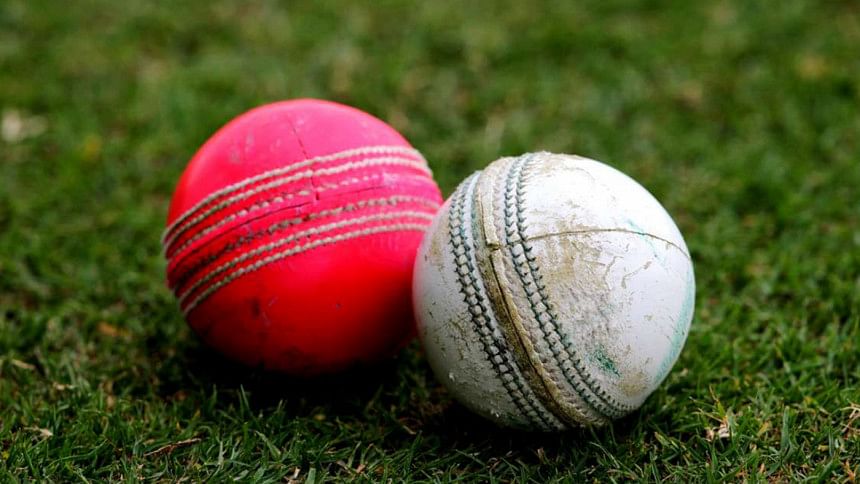
Use of Technology
The ICC Cricket Committee had a long discussion about the future use of technology in international cricket, and particularly umpiring, after receiving a presentation from the MIT engineers on their testing of the current technologies used as part of the Decision Review System (DRS).
The presentation covered the performance of edge-detection systems (both heat-based and sound-based systems), and ball-tracking with predictive path, highlighting the strengths and weaknesses of each type of technology, and how each could contribute to increasing the number of correct decisions made across international matches.
The presentation was positively received, and the committee believed that the ICC needs to take a more prominent role in the management of the DRS technologies used in international cricket, by firstly establishing a structure and tighter processes to approve new technologies, and then to ensure a more consistent application of the technologies used from match to match.
A detailed report, along with a list of recommended changes to DRS protocols will be finalised over coming weeks and presented to the ICC Chief Executives’ Committee and Board meetings at the end of June.
MCC research into the balance between bat and ball
MCC sought the committee’s guidance on the desirability of making changes in order to redress the balance between bat and ball. The Committee received a research paper from MCC citing a wealth of scientific and statistical evidence showing bats have become more powerful in recent years, primarily due to having larger ‘sweet-spots’.
The committee’s view was that MCC should strongly consider limiting the dimensions of cricket bats to help achieve a better balance between bat and ball.
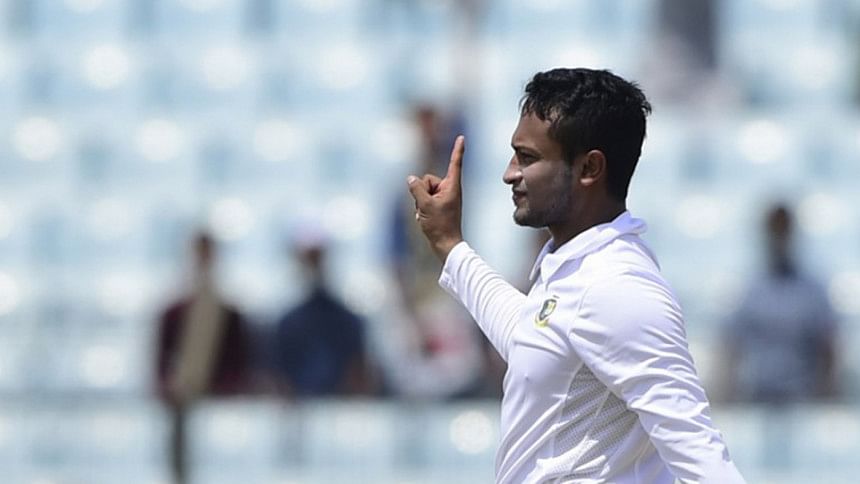
Concussion substitute
The committee considered a proposal from Cricket Australia for a “concussion substitute” to be trialled for two years in domestic first-class cricket.
The committee acknowledged the seriousness of the issue of concussion in cricket, and stressed the need for consistent concussion policy to be implemented in all countries, but its view was that the current Laws and playing conditions allow players to receive the best possible medical treatment, and further change to the regulations in this area is not required at present.
Helmet safety
The committee considered the matter of helmet safety following a presentation on injury surveillance trends by ICC medical consultant Dr Craig Ranson. The committee expressed concerns that there were still too many instances of international cricketers wearing helmets which did not meet the latest British Safety Standard (BSS).
It recommended that the ICC should enforce the wearing of the latest BSS compliant helmets in all international cricket.
Suspect illegal bowling actions
The committee noted considerable progress in policing suspect actions in international cricket and encouraged all countries to continue their efforts to screen bowlers in domestic competitions before they reached international level.
Women’s cricket update
The committee received a report from Clare Connor, the Chair of the ICC Women’s Committee, on the impact of the recent ICC Women’s World Twenry20 in India, which showed the women’s event received greater exposure than ever before and attracted 24.5 million TV viewers in India alone, as well as generating an average audience of 100,000 in the USA on Willow TV.
The Chairman of the ICC Cricket Committee Anil Kumble said: “We have had positive and constructive discussions across a wide range of different issues and I would like to thank all the members for their valuable contributions and input.
“The main thing that came out of the meeting was regarding Test cricket. The new structure was discussed and everybody was positive and forthcoming in supporting that. The committee acknowledged the importance of efforts being made to promote and grow Test cricket, be it through the introduction of meaningful competition structures, better pitches and marketing.
“Our recommendations will now be taken forward to the next ICC Chief Executives’ Committee and the ICC Board meeting in Edinburgh in July.”
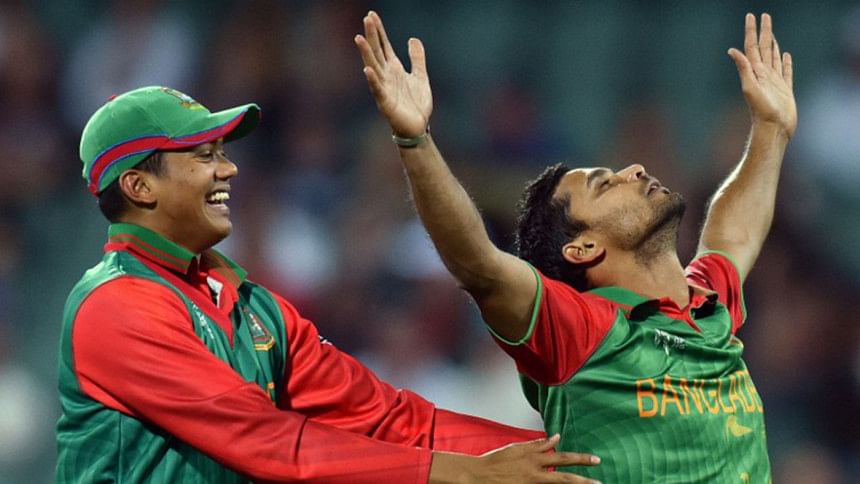






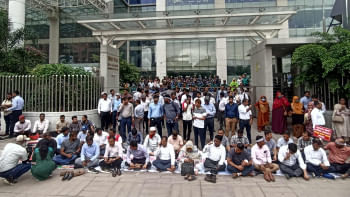
Comments